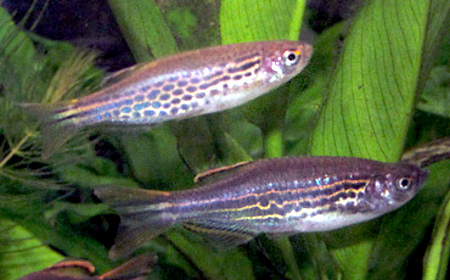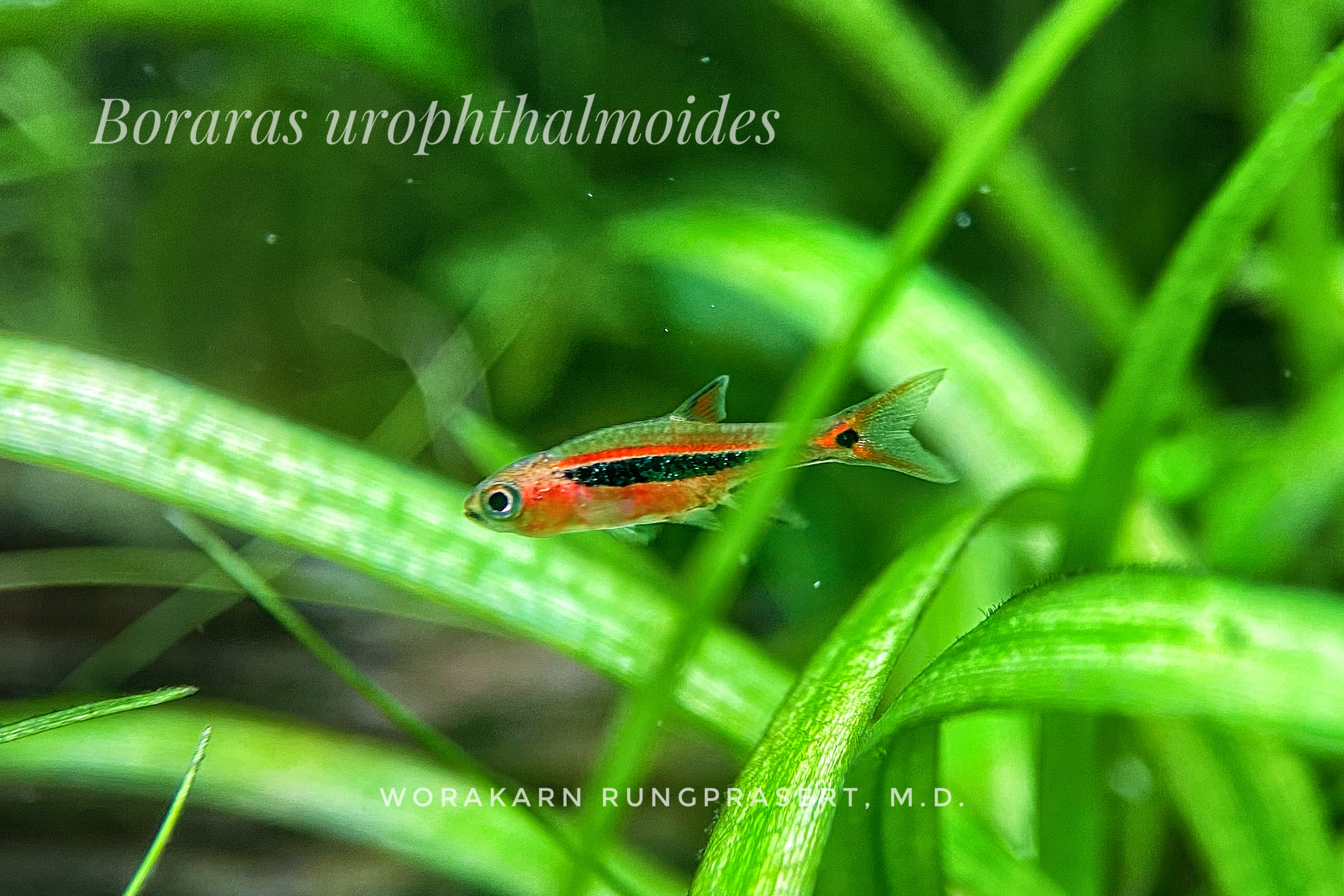|
List Of Aquarium Fish By Scientific Name
This article lists fish commonly kept in aquariums and ponds. Cypriniformes Botiidae ''Ambastaia'' * ''Ambastaia sidthimunki'' ''Botia'' * ''Botia almorhae'' * ''Botia striata'' ''Chromobotia'' * ''Chromobotia macracanthus'' ''Yasuhikotakia'' * ''Yasuhikotakia modesta'' * '' Yasuhikotakia mortlei'' Cyprinidae ''Barbus'' * ''Barbus oligolepis'' * ''Barbus peloponnesius'' * '' Barbus roloffi'' * '' Barbus walkerie'' ''Boraras'' * '' Boraras maculata'' * ''Boraras brigittae'' * ''Boraras merah'' * ''Boraras urophthalmoides'' * ''Boraras'' ''naevus'' * ''Boraras micros'' ''Danio'' * '' Danio aequipinnatus'' * '' Danio albolineatus'' * ''Danio kyathit'' * ''Danio kerri'' * ''Danio rerio'' ''Tanichthys'' *Tanichthys micagemmae *''Tanichthys albonubes'' ''Rasbora'' * ''Rasbora borapetensis">outheast Asia, as well as southeast China. A single species, ''R. gerlachi'', is only known from an old Zoological specimen">s ...'' * ''Rasbora borapetensis'' * ''Rasbora caudimaculat ... [...More Info...] [...Related Items...] OR: [Wikipedia] [Google] [Baidu] |
Cypriniformes
Cypriniformes is an order of ray-finned fish, including the carps, minnows, loaches, and relatives. Cypriniformes is an Order within the Superorder Ostariophysi consisting of "Carp-like" Ostariophysins. This order contains 11-12 families, although some authorities have designated as many as 23, over 400 genera, and more than 4,250 species, with new species being described every few months or so, and new genera being recognized frequently.Eschmeyer, W.N., Fong, J.D. (2015Species by family/subfamilyin the Catalog of Fishes, California Academy of Sciences (retrieved 2 July 2015) They are most diverse in southeastern Asia, and are entirely absent from Australia and South America.Nelson (2006) At 112 years old, the longest-lived cypriniform fish documented is the bigmouth buffalo. Their closest living relatives are the Characiformes ( characins and allies), the Gymnotiformes (electric eel and American knifefishes), and the Siluriformes (catfishes). Description Like other or ... [...More Info...] [...Related Items...] OR: [Wikipedia] [Google] [Baidu] |
Barbus Walkerie
''Barbus'' is a genus of ray-finned fish in the family Cyprinidae. The type species of ''Barbus'' is the common barbel, first described as ''Cyprinus barbus'' and now named ''Barbus barbus''. ''Barbus'' is the namesake genus of the subfamily Barbinae, but given their relationships, that taxon is better included in the Cyprininae at least for the largest part (including the type species of ''Barbus''). Description and uses Their common names – barbs and barbels – refer to the fact that most members of the genera have a pair of barbels on their mouths, which they can use to search for food at the bottom of the water. Barbels are often fished for food; in some locations they are of commercial significance. The roe of barbels is poisonous, however. The large ''Barbus'' barbs are also often eaten in their native range. At Shanhûr in Egypt, remains of a jar from the sixth- to seventh-century AD were unearthed that contained fish bones. The fish were appare ... [...More Info...] [...Related Items...] OR: [Wikipedia] [Google] [Baidu] |
Zebrafish
The zebrafish (''Danio rerio'') is a freshwater fish belonging to the minnow family ( Cyprinidae) of the order Cypriniformes. Native to South Asia, it is a popular aquarium fish, frequently sold under the trade name zebra danio (and thus often called a "tropical fish" although both tropical and subtropical). It is also found in private ponds. The zebrafish is an important and widely used vertebrate model organism in scientific research, for example in drug development, in particular pre-clinical development. It is also notable for its regenerative abilities, and has been modified by researchers to produce many transgenic strains. Taxonomy The zebrafish is a derived member of the genus '' Brachydanio'', of the family Cyprinidae. It has a sister-group relationship with ''Danio aesculapii''. Zebrafish are also closely related to the genus ''Devario'', as demonstrated by a phylogenetic tree of close species. Distribution Range The zebrafish is native to fresh water h ... [...More Info...] [...Related Items...] OR: [Wikipedia] [Google] [Baidu] |
Danio Kerri
The blue danio, Kerr's danio or turquoise danio (''Danio kerri''), is a tropical fish belonging to the genus ''Danio'' in family Cyprinidae. Distribution and habitat The blue danio is found on the islands of Langkawi and Ko Yao Yai in Malaysia. Description It is a blue-colored, deep-bodied danio with several pinkish/gold lines from tail to gills which may or may not be continuous, over a powder blue side. In the aquarium The blue danio is a peaceful, active schooling fish, so is usually kept in groups. They prefer a well-planted environment, but still need plenty of space to school. Blue danios are often kept in water with a 6.5 – 7.0 pH, a water hardness of 8 – 12 dGH, and a temperature range of 73 – 77 °F (23–25 °C). Mating Blue danios are egg-scatterers that spawn Spawn or spawning may refer to: * Spawn (biology), the eggs and sperm of aquatic animals Arts, entertainment, and media * Spawn (character), a fictional character in the comic series of the ... [...More Info...] [...Related Items...] OR: [Wikipedia] [Google] [Baidu] |
Danio Kyathit
''Danio kyathit'' is a small, schooling species of fish in the family Cyprinidae. It is endemic to the upper reaches of Irrawaddy River near Myitkyina in northern Myanmar. Described in 1998, it is closely related to the better-known zebrafish The zebrafish (''Danio rerio'') is a freshwater fish belonging to the minnow family (Cyprinidae) of the order Cypriniformes. Native to South Asia, it is a popular aquarium fish, frequently sold under the trade name zebra danio (and thus often ca ... or zebra danio, ''D. rerio''. Description A smallish cyprinoid with a maximum length of , the females are thicker and less streamlined in the body than males. The two recognised colour morphs are a striped form known as the orange-finned danio, and a spotted form known by the common name ocelot danio, which may be confused with the leopard danio. Individual fish may show variations in markings intermediate to the spotted and striped forms. References External links * Danios.info – Da ... [...More Info...] [...Related Items...] OR: [Wikipedia] [Google] [Baidu] |
Danio Albolineatus
The pearl danio (''Danio albolineatus'') is a tropical fish belonging to the minnow family Cyprinidae. Originating in Sumatra, Myanmar, and Thailand, this fish is sometimes found in aquariums by fish-keeping hobbyists. It grows to a maximum length of 2.6 inches (6.5 cm) and lives for around five years. The fish could have a brownish-yellow, pink, or a silver body and two light yellow/white or blue/red stripes. It has an iridescent look. The female fish has two pairs of barbels. In the wild, the pearl danio is found in along the surface of small, clear rivers and hill streams. They live in a tropical climate with water with a 6.0 – 8.0 pH, a water hardness of up to 5 – 19 dGH, and a temperature range of 68–77 °F (20–25 °C). Their diet consists mostly of exogenous In a variety of contexts, exogeny or exogeneity () is the fact of an action or object originating externally. It contrasts with endogeneity or endogeny, the fact of being influenced ... [...More Info...] [...Related Items...] OR: [Wikipedia] [Google] [Baidu] |
Danio Aequipinnatus
The giant danio (''Devario aequipinnatus'') is a tropical fish belonging to the minnow family Cyprinidae. Originating in Sri Lanka, Nepal, and the west coast of India, this species grows to a maximum length of 4-6 inches (10-15 cm), making it one of the largest of the danionins. It is characterized by a blue and yellow, torpedo-shaped body with gray and clear fins. In the wild, giant danios live in clear streams and rivers among hills at elevations up to 1000 ft (300 m) above sea level. Their native substrate is small gravel. They are native to a tropical climate and prefer water with a 6-8 pH, a water hardness of 5.0-19.0 dGH, and a temperature range of 72-81 °F (22-27 °C). As surface dwellers, their diets consist predominantly of exogenous insects, but is also supplemented by worms and crustaceans. In captivity, giant danios will usually accept most foods. They are a somewhat aggressive fish, and may bully other fish in community tanks. Gi ... [...More Info...] [...Related Items...] OR: [Wikipedia] [Google] [Baidu] |
Danio
''Danio'' is a genus of small freshwater fish in the family Cyprinidae found in South and Southeast Asia, commonly kept in aquaria. They are generally characterised by a pattern of horizontal stripes, rows of spots or vertical bars. Some species have two pairs of long barbels. Species of this genus consume various small aquatic insects, crustaceans and worms. Taxonomy The name ''"danio"'' comes from the Bangla name ''dhani'', meaning "of the rice field". ''Danio'' was described in the early 19th century by Francis Hamilton. Two of the species included by him in the genus, still remain valid—''D. dangila'' and ''D. rerio''. About a century later (1916) and with many more species described in the meantime, the genus was split; the larger species into ''Danio'' and the smaller species into the genus ''Brachydanio''.Spence, R., Gerlach, G., Lawrence, C. & Smith, C. (2007)The behaviour and ecology of the zebrafish, ''Danio rerio''.''Biological Reviews'', 83 (1): 13–34. In 19 ... [...More Info...] [...Related Items...] OR: [Wikipedia] [Google] [Baidu] |
Three-spotted Dwarf Minnow
The three-spotted dwarf minnow (''Boraras micros'') is a species of ray-finned fish in the genus '' Boraras''. References Boraras Taxa named by Maurice Kottelat Fish described in 1993 Taxa named by Chavalit Vidthayanon {{Cyprinidae-stub ... [...More Info...] [...Related Items...] OR: [Wikipedia] [Google] [Baidu] |
Boraras Naevus
''Boraras naevus'' is a fish in the family Cyprinidae endemic to Thailand. Its locations include swampy areas north of Surat Thani Surat Thani ( th, สุราษฎร์ธานี, ) is a city in Amphoe Mueang Surat Thani, Surat Thani Province, southern Thailand. It lies south of Bangkok. It is the capital of Surat Thani Province. The city has a population of 1 ..., the Tapi River drainage (located on the Gulf of Thailand), and the Andaman Sea slope of the Malay Peninsula near Trang. References Fish of Thailand Taxa named by Maurice Kottelat Fish described in 2011 Boraras {{cyprinidae-stub ... [...More Info...] [...Related Items...] OR: [Wikipedia] [Google] [Baidu] |
Least Rasbora
The least rasbora or exclamation point rasbora (''Boraras urophthalmoides'') is a species of ray-finned fish in the genus ''Boraras ''Boraras'' is a small genus of Asian cyprinid fishes. Species * ''Boraras brigittae'' (Dieter Vogt, D. Vogt, 1978) (Chili rasbora, Mosquito rasbora) * ''Boraras maculatus'' (Paul Georg Egmont Duncker, Duncker, 1904) (Dwarf rasbora) * ''Borar ...''. This species is very small, ranging from 12 to 16 mm. References {{Taxonbar, from=Q2760911 Boraras Fish described in 1991 Taxa named by Maurice Kottelat ... [...More Info...] [...Related Items...] OR: [Wikipedia] [Google] [Baidu] |
Boraras Merah
''Boraras merah'' is a species of ray-finned fish in the genus ''Boraras'', also known as Phoenix rasbora. It is between 15 and 20mm long with a red base colour to the body. Etymology ''Boraras'' is an anagram of Rasbora ''Rasbora'' is a genus of fish in the family Cyprinidae. They are native to freshwater habitats in South and akistan s_..._(a_generic_term_for_the_group_that_includes_this_species),_highlighting_the_reversal_of_the_ratio_of_abdominal_and_caudal_vertebrae_in_this_species._''Merah''_is_the_Indonesian_language.html" ;"title="outheast Asia, as well as southeast China. A single species, ''R. gerlachi'', is only known from an old Zoological specimen">s ... (a generic term for the group that includes this species), highlighting the reversal of the ratio of abdominal and caudal vertebrae in this species. ''Merah'' is the Indonesian language">Indonesian word for red due to its body colour. Distribution and habitat It is found in southern and western Borneo where it ... [...More Info...] [...Related Items...] OR: [Wikipedia] [Google] [Baidu] |



